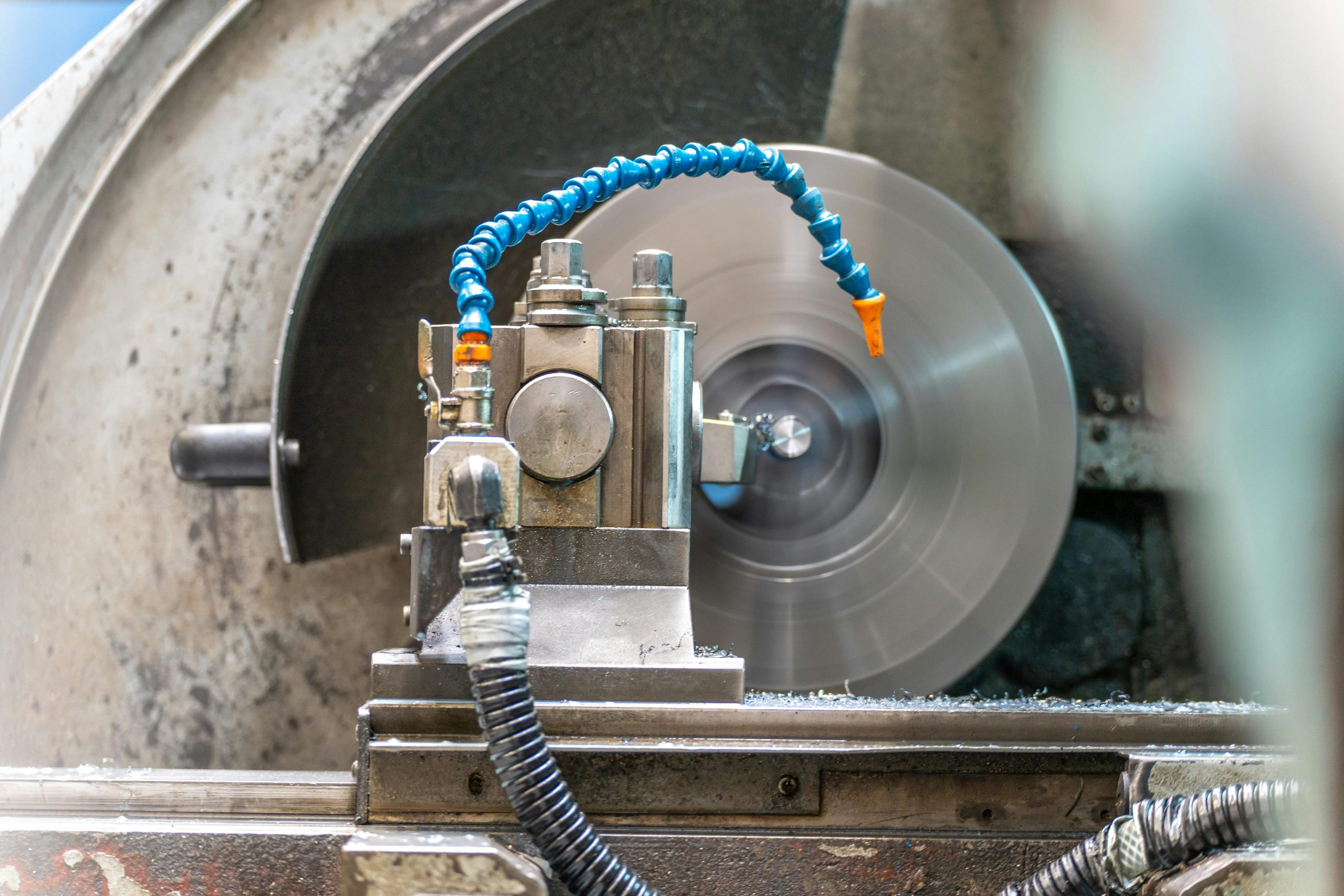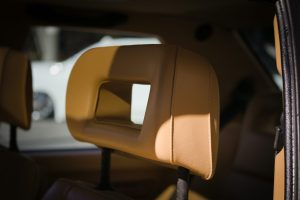Inside the Factory: Witnessing the Precision of Automobile Manufacturing
Stepping inside a factory can be a fascinating experience, especially when it comes to witnessing the precision of automobile manufacturing. There is a sense of admiration that comes with seeing the intricate processes and advanced technology that goes into creating a vehicle from start to finish. From the initial design to the final product, every step in the production line is carefully planned and executed to ensure quality and efficiency. As we delve deeper into the world of automobile manufacturing, we will explore the precision and attention to detail that makes this industry thrive.
The Art of Design
It all begins with an idea. Every car starts with a design, whether it’s a luxury sedan or a sports car. This design is the blueprint for the construction of the vehicle and determines its overall look, performance, and functionality. The design process is a collaboration between engineers, designers, and other experts who work together to create a vehicle that will meet the demands and expectations of the market.
The Use of Advanced Technology
Gone are the days when automobile manufacturing was a manual and labor-intensive process. Today, technology plays a significant role in bringing precision to every aspect of production. With the use of cutting-edge software and machinery, car manufacturers can produce intricate designs and components with incredible accuracy. This technology not only improves the quality of the vehicles but also speeds up the production process, allowing for more cars to be produced in a shorter period.
The Role of Robotics
In the modern automobile factory, robots have become a common sight, especially in the assembly line. These high-tech machines have replaced humans in tasks that require precise and repetitive movements, such as welding and painting. By using robots, manufacturers can achieve a level of precision that would be difficult to achieve manually and reduce the risk of human error. This technology has also made the production process more efficient, as robots can work 24/7 without getting tired or needing breaks.
The Assembly Line Process
Once all the components of the car are fabricated, they are sent to the assembly line, where they come together to form the final product. This process requires precision and coordination, as each part needs to fit perfectly in place to ensure the car’s functionality and safety. On the assembly line, cars are put through multiple checks and tests to ensure quality control. Any minor defect in a part can result in further delays and production costs, which is why precision is crucial at every step of the assembly line.
The Importance of Quality Control
The automotive industry is highly competitive, and manufacturers understand that the quality of their products can make or break their success. To maintain their reputation and gain the trust of consumers, manufacturers implement stringent quality control measures. From the use of high-quality materials to the implementation of strict standards, every step in the production process is closely monitored to ensure the final product meets the desired level of precision and quality.
Conclusion
Automobile manufacturing is an art that combines creativity and innovation with precision and attention to detail. The industry continues to evolve with the development of new technologies and techniques, making the process more efficient and the end product more reliable. Stepping inside a car factory is a visual representation of the intricate and precise processes that come together to create the vehicles we see on the road. It is a testament to human ingenuity and dedication to quality, and it’s no wonder that the automotive industry continues to thrive and fascinate us all.










